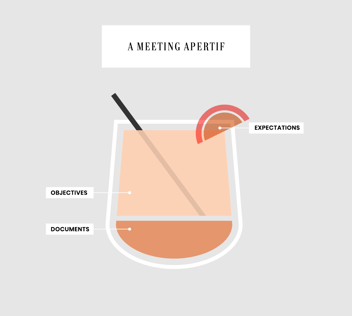
On Sunday, March 29th, I read a very touching and refreshing email from the brand Lush. They have been very quick to keep their customers informed during the Coronavirus pandemic. But this email was different. They had made the tough decision to layoff some of their retail employees. With the recent US unemployment numbers for March, it’s becoming very clear that companies of all sizes are struggling to cope. And some are doing so with an astounding amount of humanity and care for their employees.
The Lush email was the first to catch my eye recently, it made my eyes swell because I could tell how heartbreaking it must have been for them to make those decisions. But I was incredibly impressed by their level of transparency to the customer. And they did so with class and integrity.
Another hero message to reflect on is CVS. Their team members are on the front-lines in the US and they’ve quickly pivoted their business model, kept the customers informed of their changes, and even recently shared how they are taking care of their employees. This includes modifying their leave policies, ramping up child care and continuing to pay employees who have to quarantine if possibly exposed to Coronavirus.
This is a new era of transparency. Following the instinct to do the right thing is half the battle. But facing your employees right now requires incredible courage and a well thought-through message. If done well, you can confidently shift that internal message to external audiences and know that your decisions will speak for the best your brand has to offer in this crisis.
How do you approach transparency while also being inclusive, responsible, genuine and all the attributes your brand aspires to be? It’s not easy and honestly, it shouldn’t be. Creating connection and buy-in while upholding accountability and integrity is a big task.
Here’s a few things to consider when the moment of transparency is yours for the taking.
- Start with the upside and identify the benefits to different audiences.
- When the transparency opportunity knocks, most people default to risk averse. Our minds go to the worst thing that could happen. Try to fight that and instead, go the opposite direction. Once you’ve identified the benefits and all the good that could come from being transparent, it’s a lot harder to let those risks get in the way. In fact, you may even realize that those risks have a much lower probability of occurring than the benefits. Especially if you assume good intent from your colleagues and team members.
- Get to the facts—a transparent message should be armed with truth.
- Rather than thinking about what people want to hear, think about what they need to hear. This isn’t a marketing message and oftentimes, people’s livelihood can be affected by situations where transparency is lacking. There’s currently a lot of heat towards government leaders regarding their response to coronavirus. And a key mistake they are making is that they aren’t consistently sticking to the facts. At times like these, it is so crucial to let the facts take center stage. (Keep it coming Fauci!)
- Be compassionate in your delivery.
- This may be the hardest point for some leaders today. It’s true. Today’s leaders aren’t groomed to be compassionate and it can oftentimes put them in a situation where they feel vulnerable and uncomfortable. Having compassion is not something you can fake well and it has to come from a real place. The key to getting there can vary but it’s important to start by truly imagining yourself in someone else’s position. This can take personal reflection, maybe even some phone calls or “walking the floor” to really interact with people who may be impacted by the message you are crafting.
- Don’t ignore the skeptics, get out in front of them.
- Every organization has a small minority of folks who are skeptical about almost every change that comes. Embrace your compassion, your facts and your benefits for the greater good and face those skeptics head on. Not only can you sit across from them (virtually) and hear them out, give them some space to vent, but you can also think of unique ways to help them personally. It won’t work every time. But it’s worth the effort. Once you’ve grown your understanding of how skeptics are feeling, it can help you shape your decisions and messaging further. And from a purely PR mindset, the rest of your company will see that you’re willing to have difficult conversations and put your personal time into really listening to people. And that will go a long way.
Creating transparency is much bigger than these four tips but we all have moments where we consider being transparent and then we go straight to the risks, and we pull back. Consider being introspective and asking yourself, what’s really holding you back from embracing a more transparent approach to your current internal communication.
From the little moments, like sharing meeting notes, to posting on social media, or giving your colleague well-deserved credit for good work, we all face moments to be more transparent every single day. I’ve found that this is truly a habit to build and definitely many habits to break. And within organizations where being risk-averse comes naturally, it’s a huge uphill battle that needs to be fought on many fronts.
Having courage will do a lot to get you there and the more your everyday actions showcase these tips, you may find that you’re inspiring someone else to do the same.




